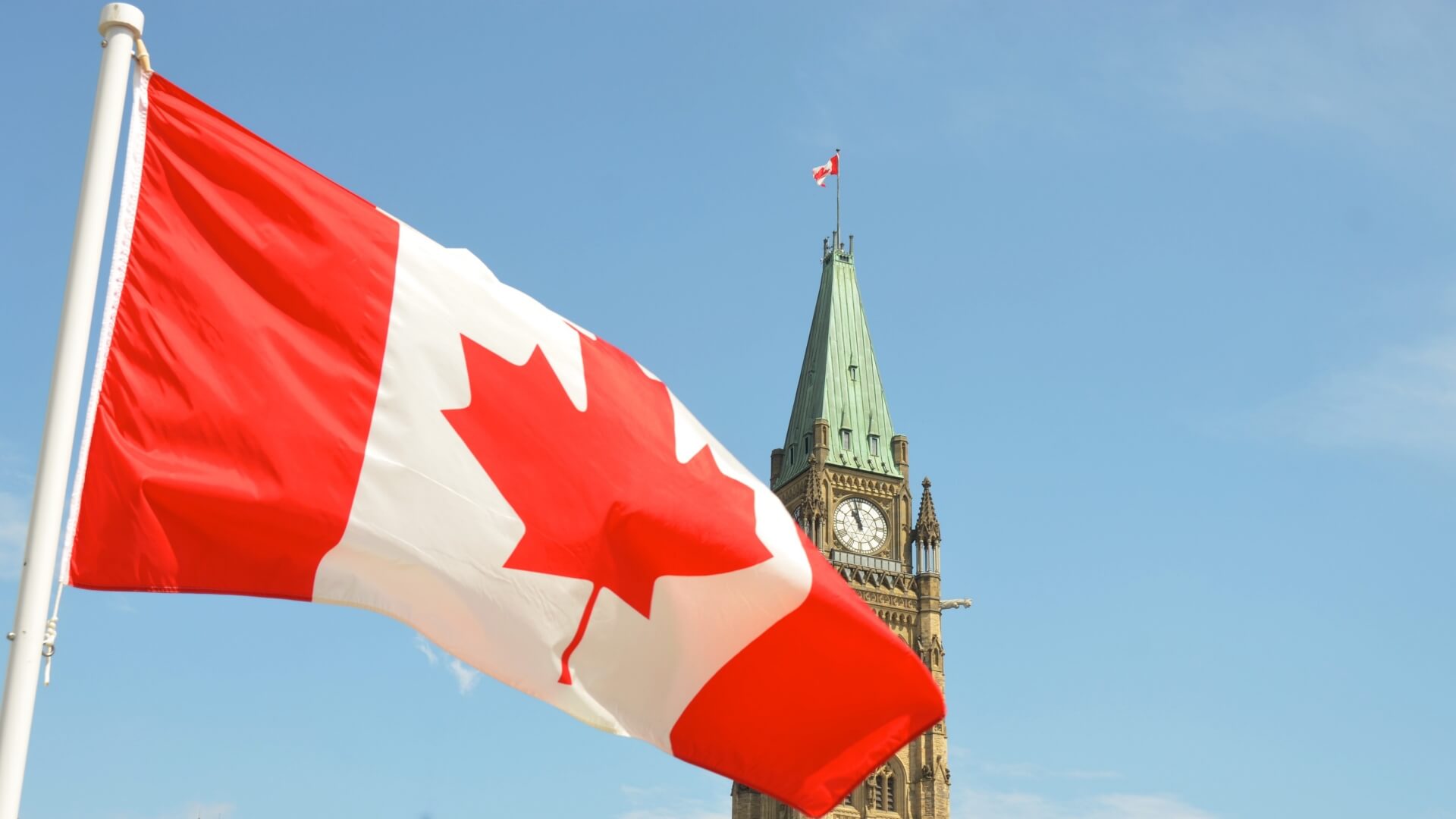Late last year, it was announced that Canada’s central bank outlook indicator had fallen to 0.07 in the final quarter – a considerable drop considering its last indicator of 1.74.
According to recent statistics, as many as 70% of Canadian businesses point to the mounting inflation rates as a likely cause towards a potential recession, which has been resting on the horizon ever since the challenges throughout 2020 and 2021.
Specifically, wage growth has been indiscriminately weak throughout 2022 and is suspected to stay weak this year – which is one of the strongest reasons behind the negative outlook. Statistically, 63.91% of Canadian consumers have said that they plan to reduce their spending, with another 50.04% postponing their purchases indefinitely.
Customer Loyalty VS The Landscape
For firms and businesses that have built up a considerable amount of faithful consumers – particularly business-to-business companies, who rely on b2b loyalty to thrive in the market – it’s fair to say that sales expectations are weakening, but this is not necessarily because the loyalty has frayed. In the midst of an uneasy economic climate, however, customers are more likely to move to a business offering similar products or services for less money – despite the fact their quality and value are not as good as the original company.
In this way, the relationships that have been built up over the company’s tenure are at more risk of fading out, not at the fault of the company but rather the overall landscape that that company finds itself in. That is why – at the beginning of 2023’s Q1 – it is essential for Canadian businesses to rethink their loyalty strategies in order to stay afloat.
A Loyalty Reshuffle
In today’s business climate, over 90% of companies have some sort of loyalty program, but not all of them will actually be beneficial for the consumer. After all, out of that 90%, at least 77% of loyalty programs will fail if they only rely on a transactional model – flash sales, rebates and discounts. In 2023, it is essential that businesses examine their strategy closer and ensure that they give their consumers a reason to stick with them in the long term.
As mentioned previously, 63.91% of Canadian consumers are simply reducing their spending, meaning there is plenty of opportunity to keep the business afloat – while also putting in measures to slowly boost that spending over time. This can be done in a multitude of ways, not least a points-based rewards system, brand alignment and solid educational marketing that can engage consumers outside of the business setting.
Prospects For The Future
In many cases – and especially for b2b companies – retaining customers is far more important than acquiring new customers, not least due to the cost and time which goes into getting new customers and a new audience.
That is not to say the strategy won’t be challenging given the overall business outlook, but keeping those customers is important not only for survival but for when prospects begin to brighten, and the market finds its feet again. If businesses recognise the climate and make the decision to rethink their potentially floundering loyalty scheme, then when the time comes, and the consumers want to increase their spending, that is when the company will begin to reap their own rewards.
















